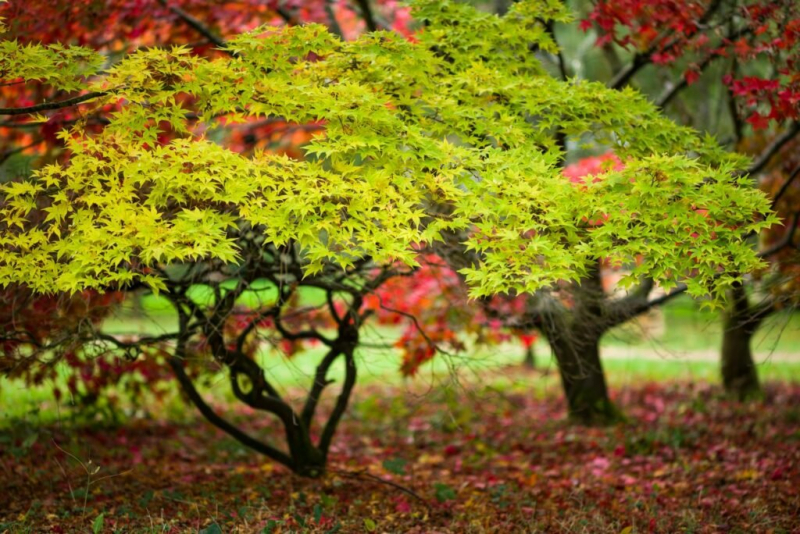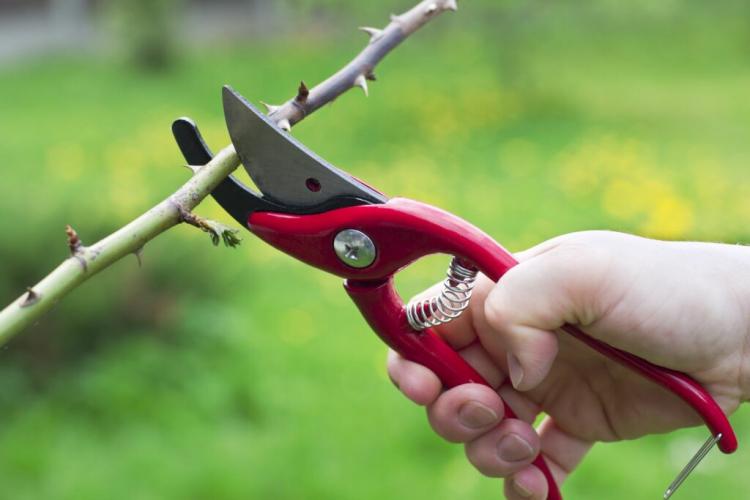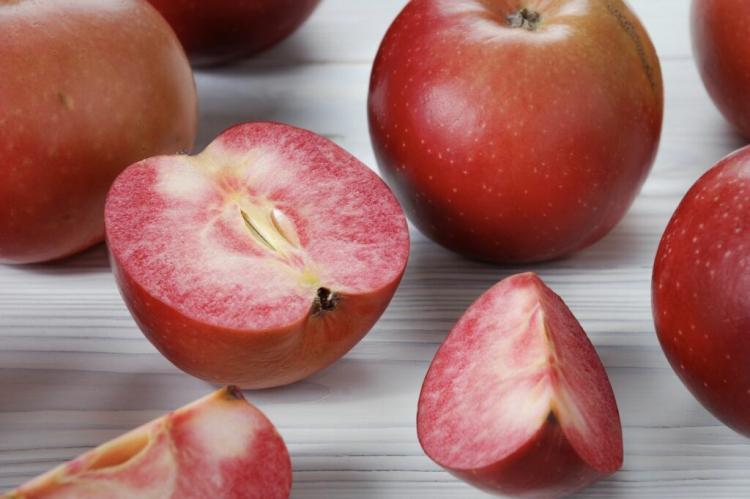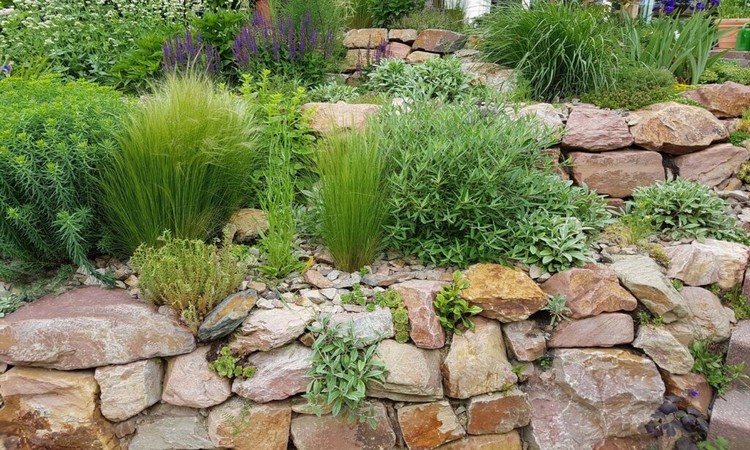Kumquat Care And Grow: Tips From The Experts
The small, extremely healthy kumquat fruits mostly come from Asia, Africa, or America. Find out how to grow and care for your own kumquats here. The plant with the strange name “Kumquat” ( Fortunella ) is a real eye-catcher. The small orange citrus fruits are not only extremely decorative but also a delight in taste. The kumquat has the smallest known citrus fruit and has therefore made a name for itself as a dwarf orange. We explain here how you can keep a kumquat as a houseplant and consume plenty of dwarf oranges.
Origin and characteristics of the kumquat
Table of Contents
In the middle of the 19th century, an English botanist brought a particularly beautiful type of citrus from Asia to Europe: the kumquat. His name was Robert Fortune – and that’s how the kumquats got their scientific name Fortunella. As is always the case with citrus fruits, it’s not that easy with the name, because Citrus japonica is also a synonym for the plant. It particularly impresses with its small orange fruits. These are not only extremely decorative but also a real treat. In terms of taste, they are somewhat reminiscent of sour oranges, but there is no annoying peeling because kumquats are eaten with the peel and seeds.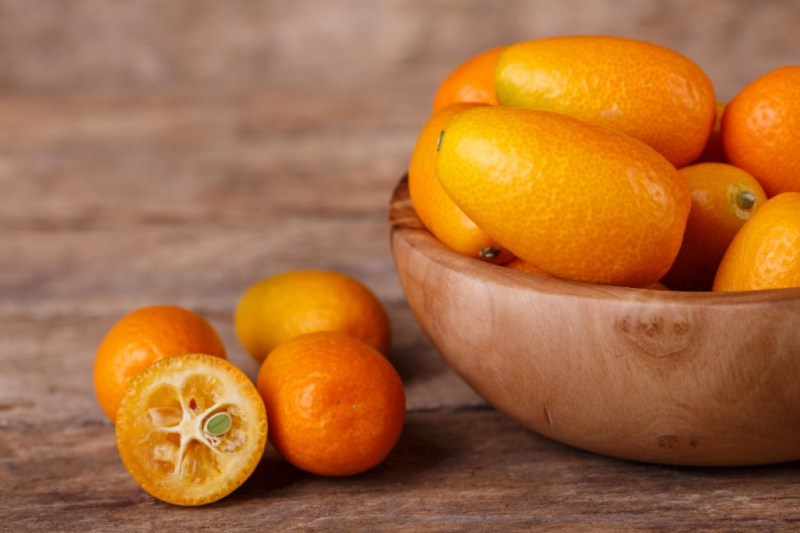
In nature, kumquat trees can reach heights of up to five meters, and as an ornamental plant, they grow to about one and a half meters. Their appearance is very similar to that of other citrus trees with their oval, evergreen leaves. Often, kumquat trees are even more or less thorny. Around July or August, with proper care, large, fragrant flowers appear for two to three weeks, from which the small orange fruits later develop.
Plant kumquat
For a happy kumquat tree and a successful harvest, the location is everything. Kumquats love it warm and sunny. So before you get a kumquat tree, you should check your apartment and patio for such a place. Also, observe the course of the day of the sun and choose the place that enjoys the longest sun exposure. There is the right location for the kumquat. The plant prefers permeable and slightly acidic soil as a substrate. A mixture of sand and humus-rich garden soil is ideal. If you have purchased a kumquat, place it in a four-centimeter larger pot with the substrate mentioned. The pot should definitely have a drainage hole for excess water. Once the potting is done, kumquats should be repotted every two to three years using the same principles.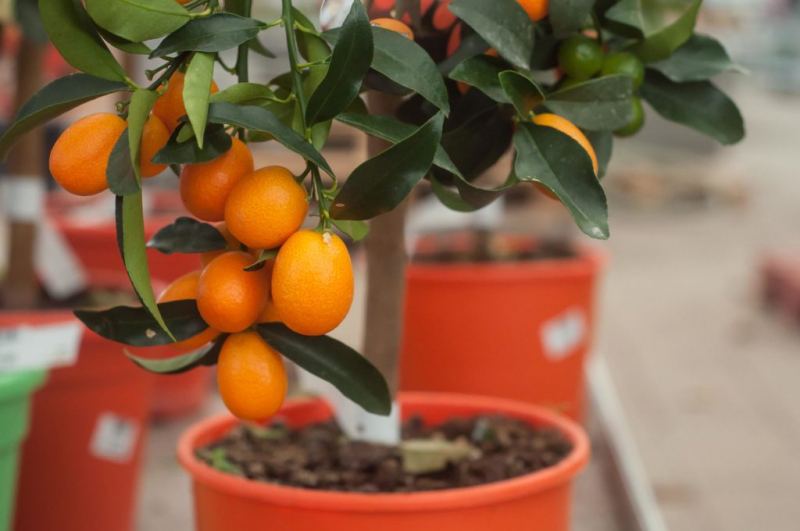
You can also grow your own kumquats by letting the seeds of fruit dry for about two to three days and then sticking them in moist soil. After some time, a young plant will develop under high humidity and at around 22 ° C. However, it takes a few years for it to bloom and bear fruit.
Maintain kumquat
In terms of maintenance, kumquats are broadly the same as other types of citrus. The plant likes to move outside over the summer, provided it is moved to a safe wintering place before the first frosts.
Pour the kumquat
If there’s one thing kumquats can’t stand, it’s waterlogging. You should therefore only water your kumquat when the soil above ground has dried up. The finger test helps here with a better assessment. If your water, however, you should do this thoroughly so that the roots get something off too. You should stop watering as much as possible only in winter quarters.
Fertilize kumquat
During the growing season, kumquats enjoy regular fertilization. The application of a liquid fertilizer via irrigation water is quick and easy. Organic citrus and Mediterranean fertilizer is ideally matched to the needs of the kumquat. This contains all the important nutrients and also strengthens root growth with microorganisms. During the growing season, the organic liquid fertilizer is used with the irrigation water every one to two weeks. However, from autumn onwards you should definitely refrain from further fertilization so that the plant can prepare for winter. You can find detailed instructions for fertilizing citrus trees in our special article.
Cut the kumquat
Actually, kumquats tend to grow slowly and comfortably, so the trees do not need to be cut. If you still want to shorten shoots, you should do this in February, when the plant is not yet in the sap. But cut cautiously so as not to damage the plant. You can remove withered branches all year round.
You might so like: Caviar Lime: Cultivation And Special Features Of The Luxurious Finger Lime Variety
Hibernate kumquat
Like other citrus trees in winter, kumquats do not survive frosts because they are not hardy in our latitudes. Nevertheless, they need a cool winter quarter in order to keep their winter rest. A bright and cool place at temperatures between just above 0 ° C and 10 ° C is therefore ideal for wintering. For example, bright garages or unheated winter gardens and corridors are suitable. You can find more suitable plants for the winter garden here. In general, the warmer the place is, the brighter it should be. If the kumquat is too dark or too moist, there is a risk of leaf loss.
- The plant does not need any fertilizer in winter quarters. You should also water them sparingly. Only water when the surface has dried off
- Fertilize regularly with organic fertilizers during the summer months
- Stop fertilizing during winter and greatly reduce watering
- Moderate pruning in February if necessary
- Light winter storage between 1 ° C and 10 ° C
Harvest and store kumquats
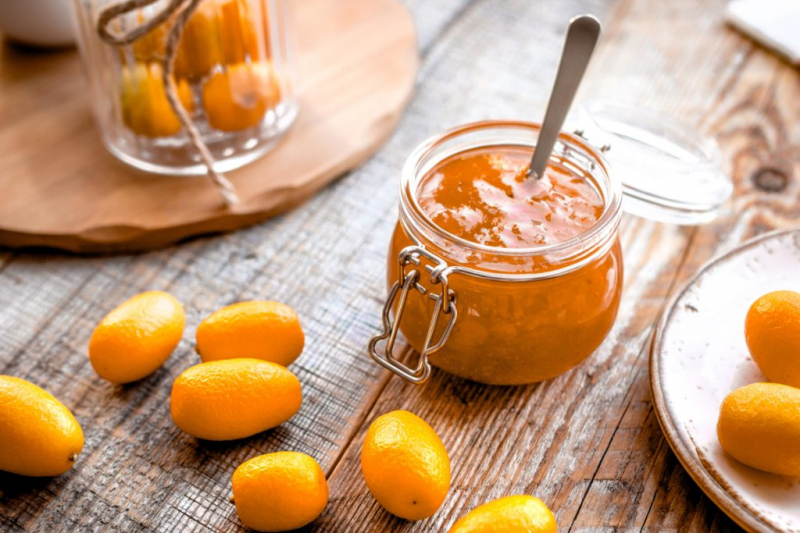 After about a year of ripening, the small orange fruits can be picked directly from the tree. However, since the plant alternates, i.e. only bear abundant fruit every two years, you should particularly enjoy the fruit. If you don’t want to enjoy the kumquats fresh, they can be processed in a variety of ways: It tastes great as jam or chutney, but can also be put in – for example in grappa or rum. Dried, however, it is also a real pleasure. If you want to keep the kumquat fruits unprocessed, you can put them in a can in the refrigerator. They stay there for about 14 days. Outside the refrigerator, kumquats can be kept for a few days.
After about a year of ripening, the small orange fruits can be picked directly from the tree. However, since the plant alternates, i.e. only bear abundant fruit every two years, you should particularly enjoy the fruit. If you don’t want to enjoy the kumquats fresh, they can be processed in a variety of ways: It tastes great as jam or chutney, but can also be put in – for example in grappa or rum. Dried, however, it is also a real pleasure. If you want to keep the kumquat fruits unprocessed, you can put them in a can in the refrigerator. They stay there for about 14 days. Outside the refrigerator, kumquats can be kept for a few days.

